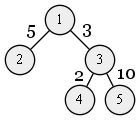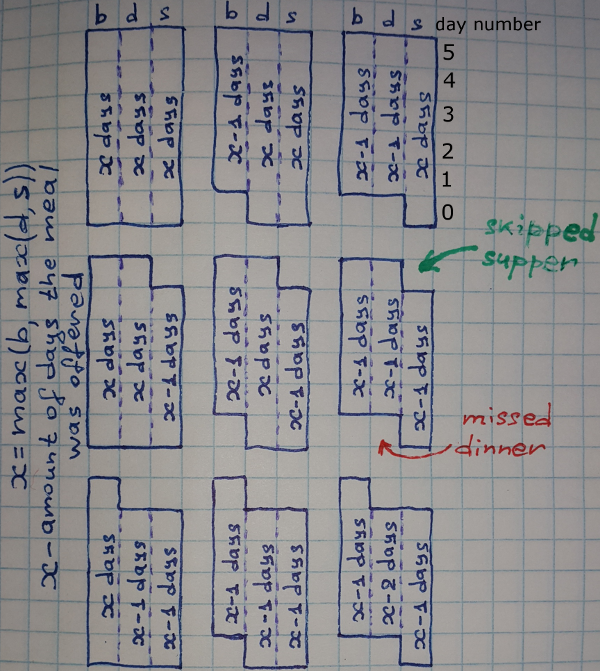Today I wasn't able to solve the problem D — Small Multiple.
For the whole contest I thought that it is some kind of DP problem, but then I looked at the editorial and it turned out to be a graph problem O_o.
I started looking at the code of the people who solved it and I found out that they are implementing the same idea (more or less). Particularly, I like this solution.
- Is it some kind of a standard problem/idea?
- Does anyone know where I can read about it more abstractly?
- Does anyone know some similar problems that require the same approach?
Here I'll keep the list of problems to train this idea:
1. D — Small Multiple
2. 0-K Multiple
3. INUMBER — Interesting number
4. Sums














